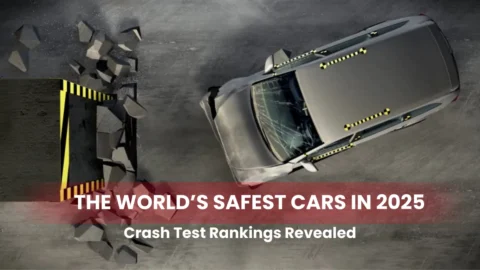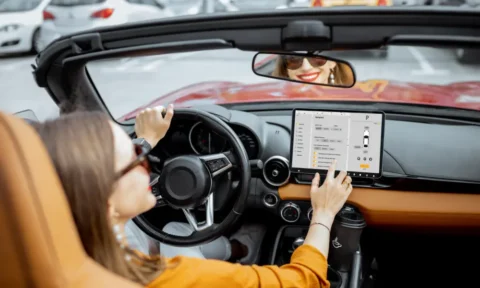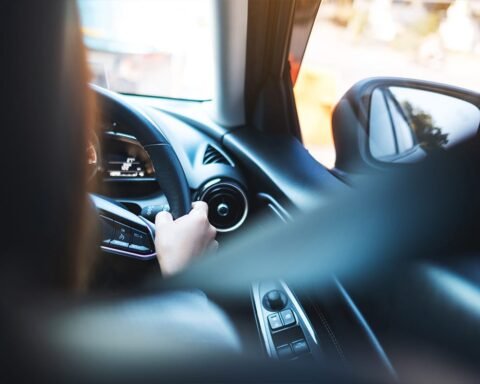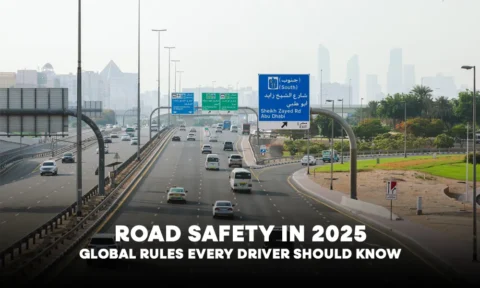The seatbelt, a seemingly simple strap of fabric, has long been a silent guardian of road safety. Since its first widespread adoption in the 1950s, it has saved millions of lives. But in today’s world of autonomous driving, AI-enhanced systems, and smart technology, the seatbelt is no longer just a passive restraint—it’s becoming an active, intelligent component of vehicle safety. Seatbelt innovations are evolving rapidly, and these new designs and technologies are playing a crucial role in reducing fatalities and injuries on the road.
Intelligent Seatbelts: From Passive to Proactive
Modern vehicles are integrating intelligent seatbelt systems that do far more than lock into place. These systems use sensors to detect the occupant’s size, weight, and seating position. Based on that data, the belt automatically adjusts tension to maximize safety during a crash or even before one occurs. Some models also pair with crash-prevention systems to pre-tighten when a collision seems imminent, helping position the occupant properly for airbag deployment and reducing injury risks.
Inflatable Seat Belts: Cushioning the Impact
One of the most notable advancements is the inflatable seatbelt. Introduced in luxury vehicles and now finding their way into family SUVs and sedans, inflatable seatbelts combine airbag technology with restraint systems. In the event of a crash, the belt inflates in milliseconds to spread impact forces more evenly across the chest. This greatly reduces injuries to vital organs, especially in children and elderly passengers, whose bodies are more vulnerable to trauma.
Seat Belt Reminder Systems: Nudging Toward Safety
Beyond technological enhancements, behavioral innovations are saving lives too. Modern seatbelt reminder systems do more than just beep—they can now detect whether the belt is properly fastened, if it’s worn incorrectly, or even if someone is sitting on a buckled belt to trick the system. Some systems are tied to speed control or gear functions, refusing to start or accelerate unless all belts are securely fastened.
Adaptive Restraint Systems: Personalizing Protection
Car manufacturers are now focusing on adaptive restraint systems that customize safety features for each individual occupant. Using data from vehicle cameras and pressure sensors, these systems can predict crash severity and adjust seat belt tightness accordingly. They also consider whether the person is in a reclined seat, a child seat, or holding an abnormal position—all to deliver optimal protection without causing additional harm.
Rear Seatbelt Safety: Addressing a Long-Ignored Risk
While front seatbelt use has been widely promoted and enforced, rear seat belt safety has lagged behind. However, with increased awareness and regulation, innovations such as three-point belts for all rear passengers and rear seatbelt airbags are becoming standard. These improvements are particularly vital in ride-sharing vehicles and family cars where back seat usage is high.
The Future of Seat Belt Technology
As automotive technology races toward a future of self-driving cars, the role of the seatbelt will continue to evolve. Concepts like active seatbelt systems that adjust with vehicle dynamics, integration with biometric sensors to monitor health data, and even smart fabrics that alert emergency services in real time are on the horizon. The next generation of seatbelts may be woven with nanotech threads that offer both flexibility and strength while seamlessly syncing with the car’s overall safety ecosystem.
A Safer Road Ahead
Seatbelt innovations are no longer just about strapping in—they’re about intelligent intervention, personalized protection, and integrating human safety into the fabric of vehicle design. With continued investment in R&D, collaboration between automakers and tech firms, and growing public awareness, seatbelt technologies will undoubtedly play a key role in creating a safer future on the roads.







